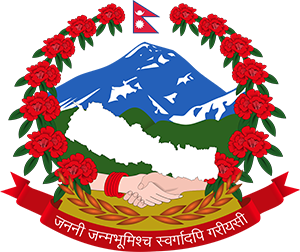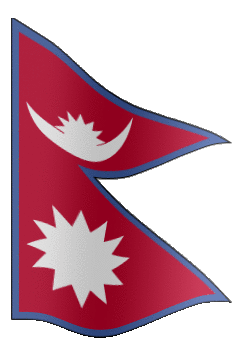
Government of Karnali Province
Ministry of Industry, Tourism, Forest and Environment
Province Forest Directorate
Soil and Watershed Management Office
Jumla


Government of Karnali Province
Ministry of Industry, Tourism, Forest and Environment
Province Forest Directorate
Soil and Watershed Management Office
Jumla

The Soil and Watershed Management Office is an office with human resources related to various subject areas. The office, which was established in the year 2038/039 as a temporary District Soil Conservation Office, became permanent in the year 2042 BS and changed its name and scope of work with the country becoming a federal state and this office was established in the month of Bhadra, 2075 BS. A watershed is a geographical area in which the water that falls on it drains through a single river or stream. Water, land, people, animals, and forests are the elements of a watershed. The elements of a watershed are interrelated. Integrated watershed management is the management of these interrelated elements at once. In a watershed area, water source protection, construction of pipelines and channels, collection and utilization of water that is wasted after use, construction of conservation ponds, construction and improvement of irrigation canals, control of landslides, floods, stream and river erosion and flooding, planting of fruits, grasses, and weeds, and protection of roadsides are all implemented in an integrated manner. This is the concept of integrated watershed management, and the principle by which the Land and Watershed Management Office works is that only if all interrelated programs such as irrigation canals are implemented together in an integrated manner, can sustainable development be achieved. Irrigation canals are constructed, but if the dam is eroded and the water does not rise, if there is damage due to landslides in the middle, if the fields to which the water is supplied are damaged due to landslides, then the canal will not achieve the goal of increasing agricultural production. Similarly, if the village to which the road reaches is damaged by river erosion, landslides, and mudslides, the road will not achieve much in a place where the people living there are unsafe. If the source is not increased by building water tanks, pipelines, and taps, there will be no sustainable solution to drinking water if the source dries up. With the provision that one body will build the road and another body will control the landslides that occur on it, the road cannot be used if the landslide control body does not work. Since there is one body to build water tanks, pipelines, and taps and another body to protect and increase the source, if that body does not work and the source dries up, there is no justification for the water tanks, pipelines, and taps. If agriculture is to be promoted in a drought-stricken village, appropriate seeds, appropriate technology to prevent unnecessary evaporation (umbrellas), economical irrigation technology (machshu kschachashnabatshyal), construction of ponds to collect rainwater, construction of ponds to collect wasted water, and all useful works must be done at once. If these works are carried out by different agencies and there is no coordination, agricultural production cannot be increased.
Objective
To help maintain ecological balance by reducing the pressure of natural disasters such as floods, landslides, and erosion by protecting and promoting important watershed areas within the scope of work. To reduce soil erosion through scientific management of watershed areas and maintain soil fertility, as well as to help protect the foundations of development.